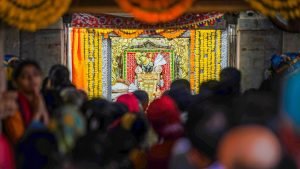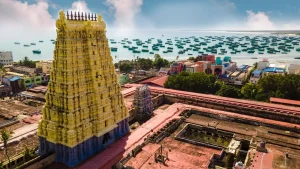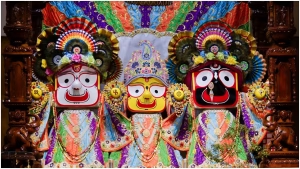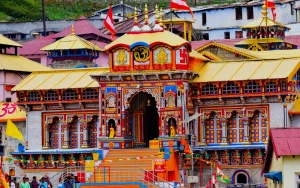Char Dham
Char Dham
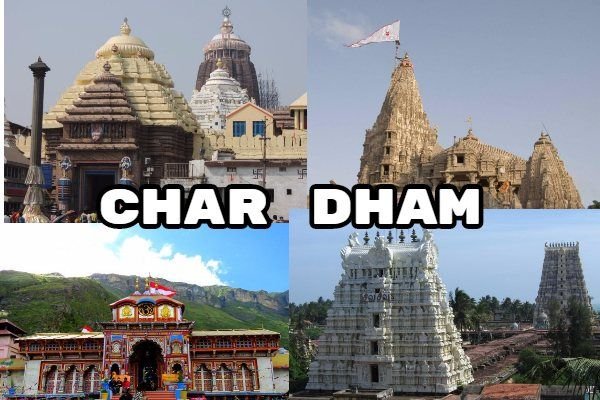
The Four Dhams of India (Bada Char Dham)—Badrinath in Uttarakhand, Dwarka in Gujarat, Jagannath Puri in Odisha, and Rameshwaram in Tamil Nadu—are the most revered spiritual circuit established by Adi Shankaracharya, representing the four directions of the land and uniting the entire nation under the spirit of Sanatana Dharma. Badrinath, lying amidst the snow-covered Himalayas, is the seat of Lord Vishnu as Badri-Narayan, where his penance and Goddess Lakshmi’s devotion teach the values of surrender and divine grace, granting moksha to devotees. Dwarka, the kingdom built by Lord Krishna on the western shores, reflects his role as protector of dharma and emphasizes living a life of truth, duty, and righteousness while being deeply rooted in bhakti. Jagannath Puri, home to Lord Jagannath, Balabhadra, and Subhadra, is not only a temple but a cultural movement where equality, love, and inclusiveness are practiced—its world-famous Rath Yatra represents the cosmic journey of life, where all beings, irrespective of caste or creed, are united under the Lord’s care. Rameshwaram, on the southern tip of India, sanctified by Lord Rama’s worship of Lord Shiva before the great Lanka war, stands as a unique symbol of harmony between Shaivism and Vaishnavism, teaching that devotion, humility, and purification of the soul are the ultimate paths to liberation. Together, these four shrines symbolize the completeness of life’s spiritual journey—devotion, duty, equality, and purity—guiding devotees across the four corners of India towards the supreme goal of existence: union with the Divine and eternal liberation (moksha).
The Four Sacred Dhams of India are not merely temples of stone but living symbols of the soul’s eternal pilgrimage, binding the land of Bharat into one sacred garland. In the north, amidst the silent snow-clad Himalayas, shines Badrinath, the abode of Lord Vishnu, where devotion melts into liberation and the heart finds refuge in divine grace. In the west, upon the shores of the ocean, stands Dwarka, the golden city of Lord Krishna, where the eternal truths of dharma, duty, and love for the Divine guide the seeker’s path. In the east, the resounding chants of Jagannath Puri echo with the message of equality and universal brotherhood, as the Lord Himself rides out to meet His children in the grand Rath Yatra, embracing all without distinction. And in the south, bathed by the waves of the Indian Ocean, lies Rameshwaram, sanctified by the devotion of Lord Rama, where Shiva and Vishnu unite in oneness, teaching humanity that all paths converge into the same truth. Together, these Char Dhams represent the four directions of existence, the four stages of life, and the four steps of the soul’s journey—from devotion to duty, from equality to purity—leading every pilgrim to the ultimate goal of human birth: the blissful embrace of moksha, eternal union with the Divine.
















































